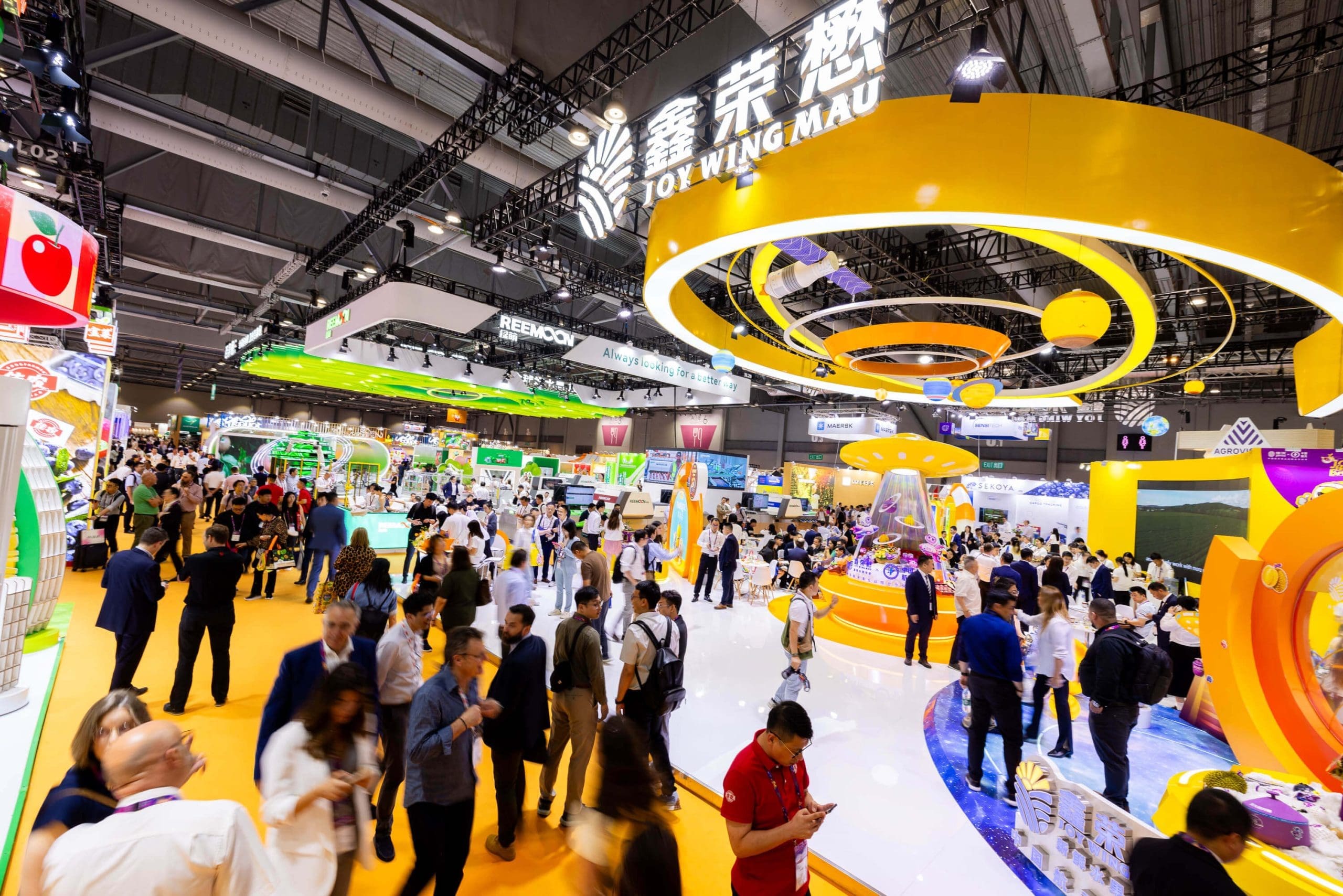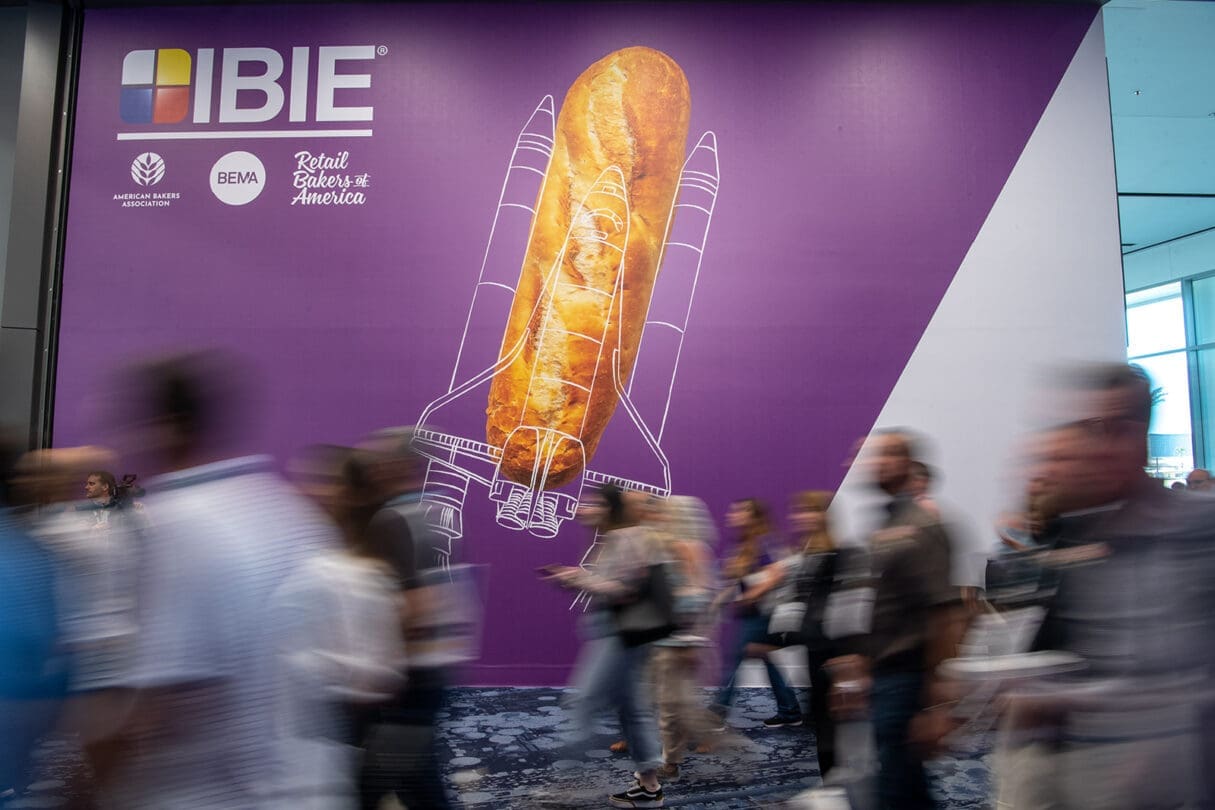The evolution of the dry lubrication in the bottling industry was launched by AEB at the end of 2007 when we presented Sintodry and has been optimized during the following years by the creation of an automatic system of distribution. This kind of distribution device is a real innovation that has revolutionized what existed on the market. Dry lubrication is based on formulations which are ready to use, that is with no dilution in water, and supplied automatically on the belts, with specific equipment and suitable spraying stations, for short time – from 5” to 15” with a time interval that may reach 4-5 hours between one delivery and the other.
This system, called Dry-System, enables a product saving of about 70-80% and this means a saving of more than 50% from the economic point of view.
The advantages obtained with the utilization of this kind of formulations are:
– very low product consumption if compared to the lubrication systems with traditional products based on fatty acids, amines and silicon;
– no water consumption;
– convincing decrease of waste material and of substances – produced by the lubrication – difficult to be discharged run into depuration plants;
– total absence of foam on the belts and hence on the underlying floor, with an improvement of production rooms;
– no danger that operators can slide, hence a reduction in the possible accidents caused by the lubricant solution on the floors.
Dry lubricants and the properties of Sintodry
The silicon-based formulation for the “dry” utilization proposed by AEB is Sintodry, a liquid lubricant for conveyor belts for the transport of plastic (PET) and poly-coupled carton (TETRA type) containers for liquid products, glass and cans, to be exclusively used for plastic conveyor belts in the food, cosmetic and pharmaceutical sector. The usage concentration as it is. It is clear that the only lubrication aspect, in terms of effectiveness and performance, represents for a bottling plant an element not to be set aside from other factors such as the line structure, their arrangement inside the production area and the effectiveness of the equipment. Considering these general concepts, it is clear that the choice of a lubricant and of its proper supply system will necessarily be subject to some considerations, in particular, the factors to be considered are:
– the technical-applicative aspect intended in its wider context (belt speed, supply modality, friction coefficient, container weight, kind of water, etc.);
– the guarantee that the container is not directly (composition material) nor indirectly (serigraphy, label, production data, etc.) at-tacked;
– the ecological-environmental aspect intended in the wider sense of observance of the functionality of depuration plants;
– the safety aspect for operators present in production areas;
– the economic aspect.
The lubricant compatibility with composition materials (conveyor belts and containers) represents of course the first argument to face. It is useless to choose a formulation if it does not grant that it does not attack surfaces, independently from all other factors that may be considered afterwards.
In order to value the “compatibility” between lubricant and container, trials are carried out on the different materials (glass, PET, PVC, paper/poly-coupled, tinned plate) and also the impact towards serigraphy, inks, etc. Other evaluations are carried out when the lubricant is optimized, with the survey of the different friction values, suitably measured.
The survey is carried out in the different parts of the conveyor belts, empty or full containers – accumulation areas – production stop with belts moving – areas with a particular friction – belts utilized for packaging in different sizes.
All the gathered information will contribute to define the supply/non supply times, the number of spraying station and the kind of supply heads.
Lubimatic Control Dry, the dry lubrication professional equipment signed AEB Engineering
AEB Engineering, the division of AEB specialized in professional equipment for food and beverage industry, proposes Lubimatic Control Dry, centralized equipment for the automatic supply of “DRY” lubricants, with a ON/OFF programmable timing system. The lubricant is conveyed to the line by means of a membrane pneumatic pump with a pressure of 2,5-3 Bar. The system is suitable for one or more lines with the application of “satellites” and is able to supply up to 80-90 spraying stations. The spraying stations utilized with Lubimatic Control Dry are dry-system and anti-drop and are able to grant a particular homogeneous nebulisation of the product on the entire surface of that particular area. Lubimatic Control Dry is used only with AEB “DRY” lubricants Sintodry.
A 360 degree service and the attention to Regulatory Management
AEB has a technical-commercial organization able to:
– carry out all necessary inspections and evaluations in order to choose the formulations and equipments suitable to any production plant;
– install control panels and lubrication lines;
– prepare and optimize the system;
– carry out programmed interventions to verify the equipment/product in order to grant the effectiveness and the maximum economic management of the plant;
– carry out possible modifications of the lubrication plant if there are changes in the order of the equipment and the relative conveyor belts.
All AEB formulations comply with EC Regulations about the utilization of chemical products in companies packaging, storing and transporting foodstuff and in particular with EC Regulation 852/2004 and those regulating the application of the HACCP self-control system.
www.aeb-group.com







